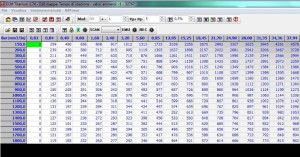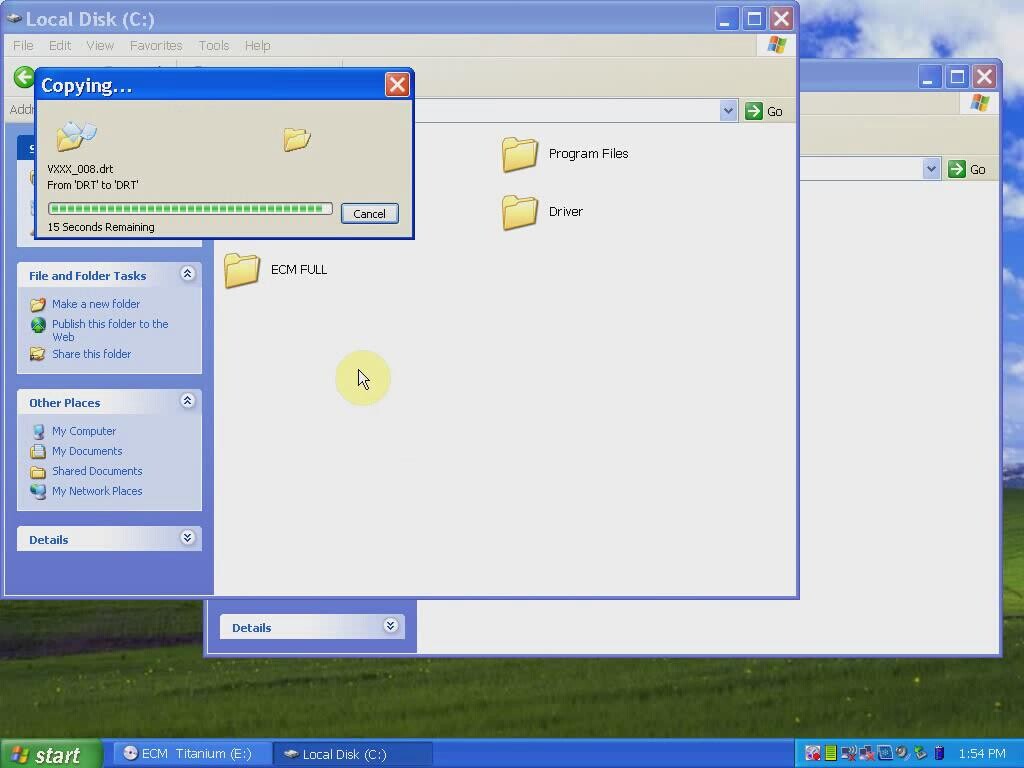


The Republic of China ( Taiwan) received 150 F-16A/B Block 20 aircraft. The Block 20 computers are significantly improved in comparison to that of the earlier versions that later integrated into post 1997 Block 50/52, and also getting color MFD. The last one was delivered in 1996 to Thailand.īlock 20 added some F-16C/D block 50/52 capabilities: improved AN/APG-66(V)3 radar with added CW mode to guide two types of BVR missiles – AIM-7M Sparrow missiles and AIM-120 AMRAAM, carriage of AGM-84 Harpoon missiles, as well as the LANTIRN navigation and targeting pod. Block 15 is the most numerous variant of the F-16, with 983 produced. To counter the additional weight of the new hardpoints, the horizontal stabilizers were enlarged by 30%. The Block 15 also gained the Have Quick II secure UHF radio. The first major change in the F-16, the Block 15 aircraft featured larger horizontal stabilizers, the addition of two hardpoints to the chin inlet, an improved AN/APG-66(V)2 radar, and increased capacity for the underwing hardpoints. New methods were also used: the corrugated aluminum is bolted to the epoxy surface for Block 10 aircraft, replacing the old method of aluminum honeycomb being glued to the epoxy surface used in earlier aircraft. The Soviet Union significantly reduced the export of titanium during the late 1970s, so the manufacturers of the F-16 used aluminum instead wherever practical. During the operation of F-16 Block 1, it was discovered that rainwater could accumulate in certain spots within the fuselage, so drainage holes were drilled in the forward fuselage and tail fin area for Block 5 aircraft. It was discovered that the Block 1 aircraft's black radome became an obvious visual identification cue at long range, so the color of the radome was changed to the low-visibility grey for Block 5 aircraft. Block 1 is the early production model with the radome painted black. There were 94 Block 1, 197 Block 5, and 312 Block 10 aircraft produced. Most were later upgraded to the Block 10 configuration in the early 1980s. The USAF bought 375 F-16As and 125 F-16Bs, with delivery completed in March 1985.Įarly blocks (Block 1/5/10) featured relatively minor differences between each. The F-16A (single seat) and F-16B (two seat) were initially equipped with the Westinghouse AN/APG-66 pulse-doppler radar, Pratt & Whitney F100-PW-200 turbofan, rated at 14,670 lbf (64.9 kN) and 23,830 lbf (106.0 kN) with afterburner. Over the years, these aircraft have been used as test demonstrators for a variety of research, development and modification study programs. The first FSD F-16A flew on 8 December 1976 and the first FSD F-16B on 8 August 1977. In January 1975, the Air Force ordered eight full-scale development (FSD) F-16s – six single-seat F-16A and a pair of two-seat F-16B – for test and evaluation. Both YF-16 prototypes participated in the flyoff against the Northrop YF-17 prototypes, with the F-16 winning the Air Combat Fighter (ACF) competition, as the LWF program had been renamed.

The second prototype first flew on 9 March 1974. The first YF-16 was rolled out at Fort Worth on 13 December 1973 and accidentally accomplished its first flight on 21 January 1974, followed by its scheduled "first flight" on 2 February 1974.

Two single-seat YF-16 prototypes were built for the Light Weight Fighter (LWF) competition.


 0 kommentar(er)
0 kommentar(er)
